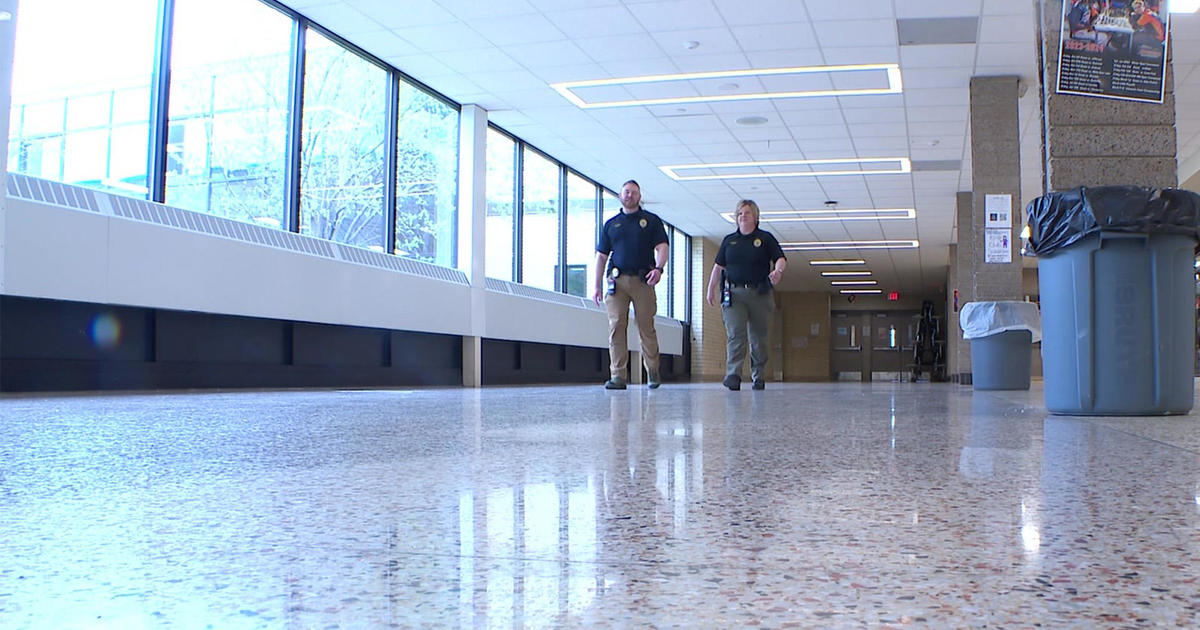Opponents To PolyMet Plan Set To Voice Their Objections
MINNEAPOLIS (AP) -- Critics of a proposed copper-nickel mine in northeastern Minnesota urged those who oppose it to make their voices heard as the public comment period opened Friday on the final environmental review, a massive document they said failed to significantly improve on earlier drafts of the plan.
The Department of Natural Resources released the 3,500-page final environmental impact study on Nov. 6. DNR Commissioner Tom Landwehr said then that he expects to certify it as adequate around February, unless something unexpected surfaces during the comment period, which ends Dec. 14. PolyMet Mining Corp. then could start applying for the more than 20 permits it will need for the proposed open pit mine in Babbitt and processing plant in Hoyt Lakes.
Officials from the Minnesota Environmental Partnership and allied groups said at a news conference that they'd like to match the 58,000 comments submitted in writing and at public hearings last year in response to the previous draft but the 30-day window makes that hard.
The DNR and two federal agencies involved have made it hard for citizens to weigh in on the final EIS as there will be no hearings and comments must be submitted separately to all three agencies quickly, said Steve Morse, executive director of the MEP, an umbrella group of environmental organizations.
Getting a large number of comments will be "a real challenge because of the fact that this has been pushed forward in ways that do not encourage public input," said Aaron Klemz, spokesman for Friends of the Boundary Waters Wilderness.
PolyMet spokesman Bruce Richardson said the company trusts that regulators will give appropriate consideration to the fresh input.
"The Final Environmental Impact Statement for the PolyMet project reflects 10 years of intensive independent review and analysis showing that the environment will be protected while delivering hundreds of jobs and millions of dollars in economic benefit to the region over a sustained period of time," he said in a statement.
Klemz criticized the "water model" used in the review to predict flows of surface and groundwater away from the site. He disputed the review's claims that it's highly unlikely that contaminated water could flow north toward the pristine Boundary Waters, instead of south toward the St. Louis River and Lake Superior. He also raised safety concerns about plans for storing mine waste by re-using a basin at a closed taconite processing plant.
The EIS relies almost entirely on modeling done by PolyMet and its consultants, and makes unrealistic assumptions when it says nearly all of seepage from the basin would be captured and treated, said Paula Maccabee, an attorney for WaterLegacy, which has been focusing on mercury and sulfate discharges from the mine.
She said the mine waste will contain heavy metals and other toxic chemicals, and that the document downplays the threat of mercury affecting developing brains of fetuses, infants and children downstream.
"This study doesn't even try to answer what I think is the essential question: Should Minnesotans engage in this project when we don't have a track record of successfully operating a sulfide mine in a water-rich environment and not polluting waters? Minnesota's waters deserve better," Klemz said.
(© Copyright 2015 The Associated Press. All Rights Reserved. This material may not be published, broadcast, rewritten or redistributed.)



